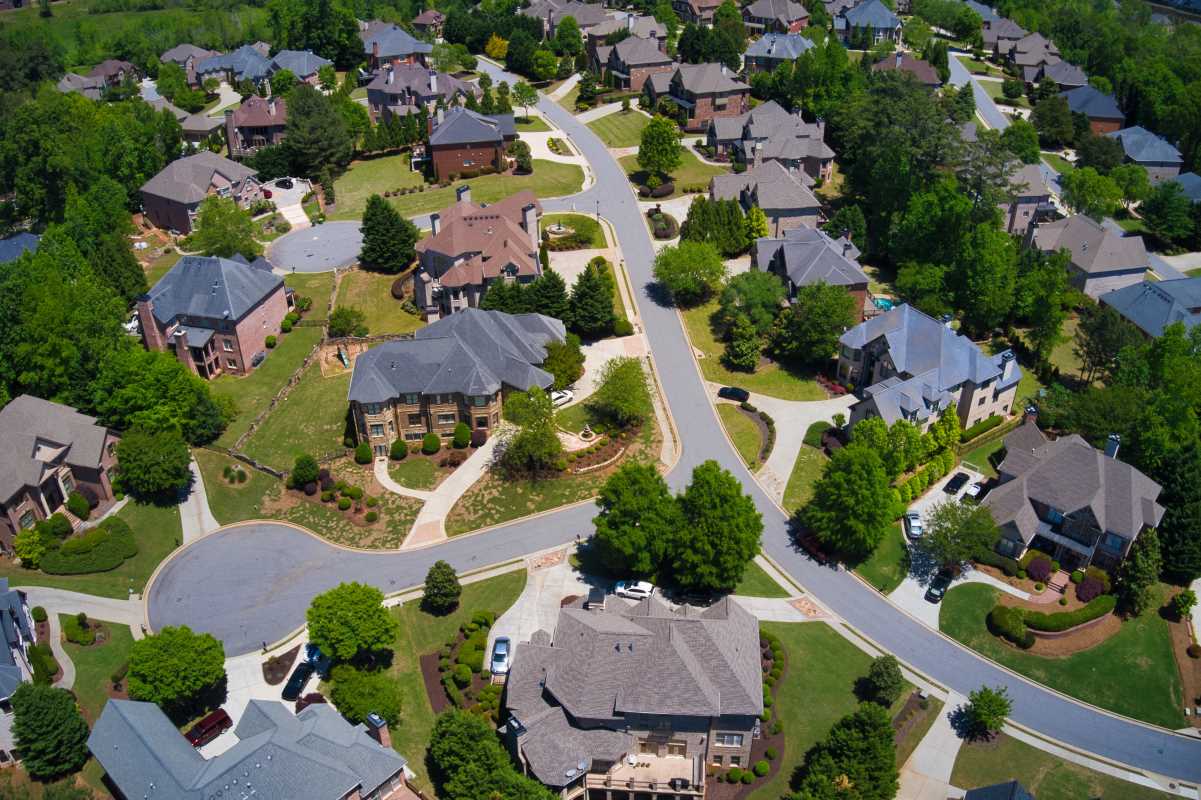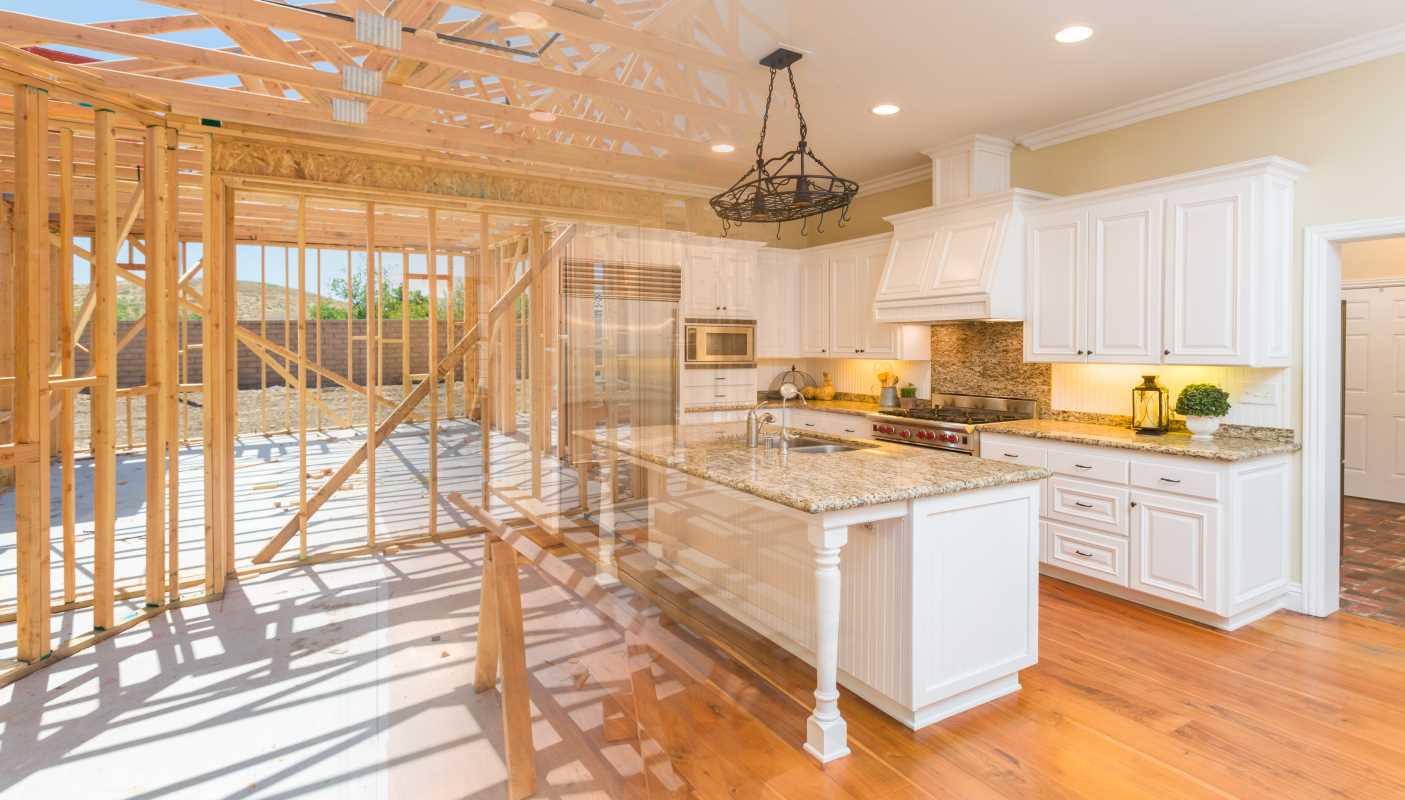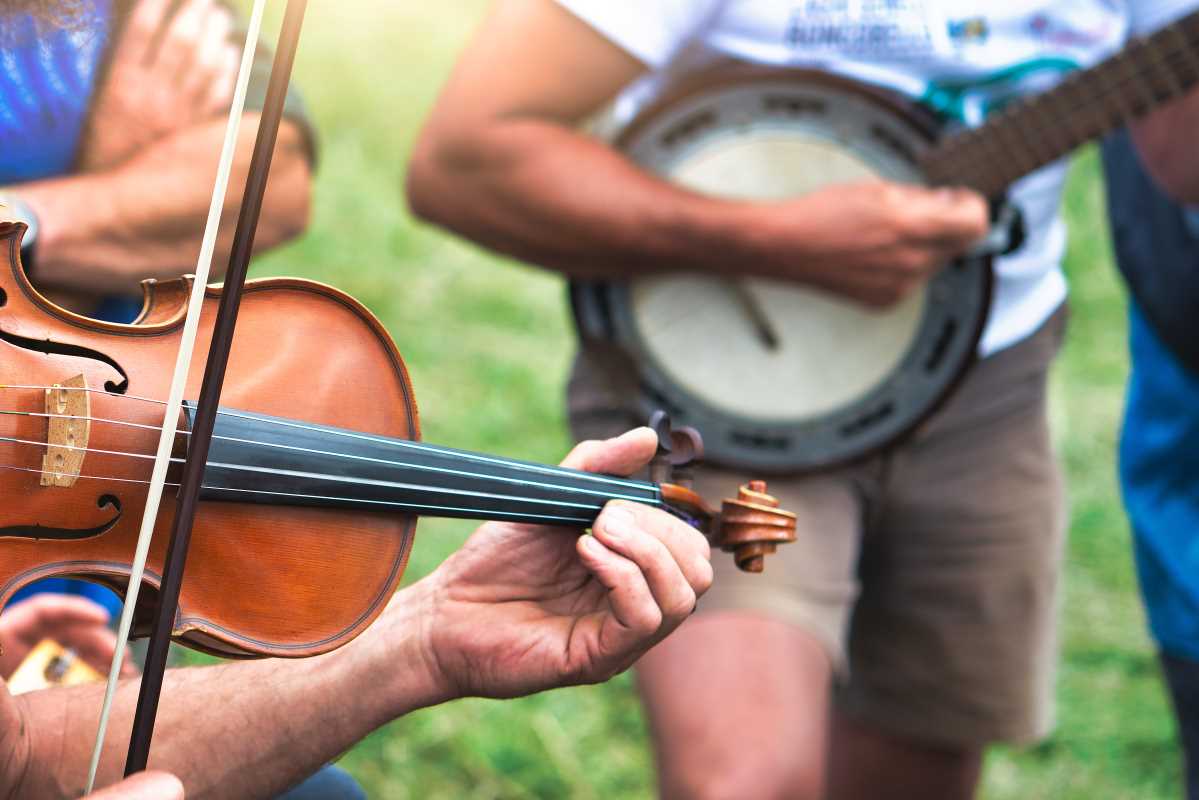No one likes to think about a natural disaster hitting close to home. But, here’s the thing about nature—it doesn’t wait for convenient timing. Whether it’s a hurricane, earthquake, flood, or even an unexpected ice storm, being unprepared can turn a stressful situation into an all-out catastrophe. If you’re a middle-aged homeowner juggling the demands of work, family, and a seemingly endless to-do list, prepping your house for a natural disaster can feel like one more thing to add to the pile. The good news? A few manageable steps can make all the difference in protecting your home, your peace of mind, and the people you care about most.
Start With an Inspection
The first step to creating a disaster-ready home is knowing its weaknesses. Take a good look around your property with a critical eye. Are there any towering trees that could come crashing down in a storm? How about that drafty window in the living room, or the gutters you’ve been meaning to clean but haven’t quite gotten to? Small neglects today can lead to big problems tomorrow if Mother Nature decides to turn on a rampage.
You may even want a professional inspection to highlight structural vulnerabilities. A roofer can give you the lowdown on whether those shingles can stand up to high winds, while your plumber might recommend steps to prevent your pipes from freezing in winter. Doing this early isn’t just good planning; it can also buy you some peace of mind before storm season rolls around.
Don’t Underestimate the Power of Weatherproofing
Think weatherproofing is just for fancy outdoor gear? Think again! A surprising number of natural disasters gain a foothold in homes through minor, often fixable, vulnerabilities. That ancient caulking around your windows and doors might be inviting drafts or even floodwaters during heavy storms. Replacing it is a quick fix that makes a big impact.
For those in hurricane-prone areas, investing in storm shutters or impact-resistant windows can be the difference between a safe interior and a living room full of shattered glass. Similarly, those who deal with blizzards should consider upgrading to a heavy-duty door sweep or insulated pipes to keep frostbite where it belongs—outside.
Proactive steps like clearing gutters, repairing fences, or reinforcing garage doors do more than secure your home; they secure your peace of mind. And if you live in a region prone to wildfires, maintaining defensible space by clearing brush and keeping flammable materials away from your house is not just a good idea. It’s essential.
Secure the Essentials
When a natural disaster strikes, the last thing you want is to rummage through your hall closet looking for a flashlight that may or may not work. Having the essentials ready and easy to access makes the situation far less chaotic. A basic emergency kit for your family is a must, including water, non-perishable food, first aid supplies, medications, and those all-important backups of critical documents, preferably stored in a waterproof container.
Generators are another game-changer, especially if power outages are common in your area. Whether you go all-in with a whole-house backup option or stick with a small portable model, having a reliable energy source can keep your fridge running, your phone charged, and your coffee brewed during long outages.
And while you’re thinking essentials, don’t forget your furry family members. Stocking up on pet food, extra water, and any medications they need ensures they’re just as prepared for the unknown as you are.
Make Smart Use of Landscaping
Your yard isn’t just for barbecues and making neighbors jealous; it can also be a first line of defense against natural disasters. Believe it or not, smart landscaping choices can reduce damage to your home. Strategically placed shrubs and mulch beds can slow down heavy rain, while raised gardens and natural berms help direct floodwaters away from your house.
Keep your driveway and surrounding areas clear of debris. Fallen branches or ripped-up lawn furniture might not sound threatening in calm conditions, but when the winds pick up, they can become high-speed projectiles ready to test your windows’ strength. Securing loose items around your yard before severe weather rolls in is one of those prep steps that takes minutes to do but can save you hours of cleanup later.
Stay Alert and Stay Connected
Even the most prepared homes won’t help much if you miss the weather alerts. Investing in a weather radio or downloading reliable apps keeps you updated on what’s coming, even if cell towers go down or power cuts out. Knowledge is power, and it gives you the ability to act early rather than scrambling as the first rain or snowflake hits.
Consider plug-and-play home security systems that offer flood or motion sensors. Some even connect to your phone, giving you immediate alerts if things go south while you’re away. Beyond the tech, simple communication backup plans can make all the difference in an emergency. Designate a family member as the point of contact for check-ins to confirm everyone’s location and safety. This tip is especially crucial if your kids are older and often away from home.
Prepare for Cleanup
Even with the best preparation, some damage or mess is bound to sneak through when nature decides to flex its muscles. Having cleaning supplies, tools for minor repairs, and a plan for post-storm recovery puts you one step ahead. Simple things like heavy-duty garbage bags, gloves, and tarps can be a godsend in protecting parts of your home or patching those areas that took a hit.
Finally, keep in mind that preparation isn’t a one-time task. Seasonal upkeep and regular reviews of your emergency plans ensure they’re still solid when disaster looms. And while nothing can completely remove the stress of unpredictable weather, knowing your home can roll with the punches helps you rest easier no matter what’s in the forecast







